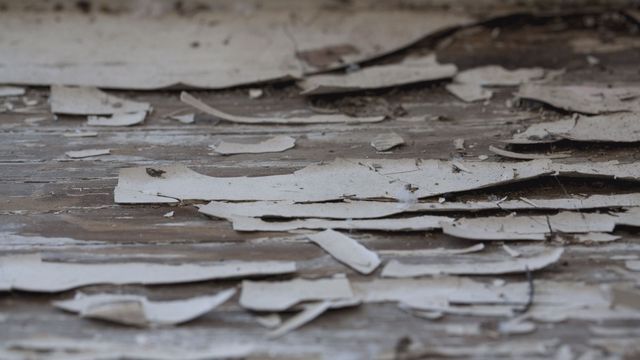Mar 2
2017
State still behind the curve on lead poisoning

The state Department of Health is providing free testing for lead in drinking water, but the $1.5 million allocated to the pilot program won’t go very far.
At $70 per test, the program would provide testing for some 21,400 households across the state.
Nonetheless, the program is a step in the right direction that will inform people about the dangers of lead poisoning and lead in drinking water. Lead is a toxic metal harmful to the developing brains and nervous systems of young children.
But the state still falls short when it comes to combating lead poisoning, which remains a serious problem in Buffalo.
Consider that the state Department of Health refuses to adopt a more stringent standard used by the Centers for Disease Control and Prevention to define an elevated blood lead level. In fact, the CDC is considering an even more stringent standard that would trigger medical attention for children diagnosed with lead in their blood. The CDC has not identified a safe blood lead level in children.
As it stands, the state defines an elevated level at 10 micrograms of lead per deciliter of blood. That’s double what the CDC considers to be a dangerous blood lead level for a child.
A state health spokesperson wouldn’t say why the department will not adopt a more stringent standard that would alert parents, doctors and public health officials to take action earlier to minimize a child’s exposure to lead.
In addition, the state also rarely enforces a federal rule that requires contractors to use safe work practices when renovating, painting or repairing homes that are presumed to have lead paint. The lack of state enforcement of the EPA’s Lead Renovation, Repair and Painting Rule can result in work being done that exposes families to lead paint dust.
As a result, enforcement is left to the EPA.
Since 2010, the EPA has filed more than 300 enforcement actions nationwide, but only one was in Western New York.
“There’s no one here enforcing that requirement,” Andrew McLellan, a member of the state’s lead poisoning prevention task force, told Investigative Post in March 2016.

